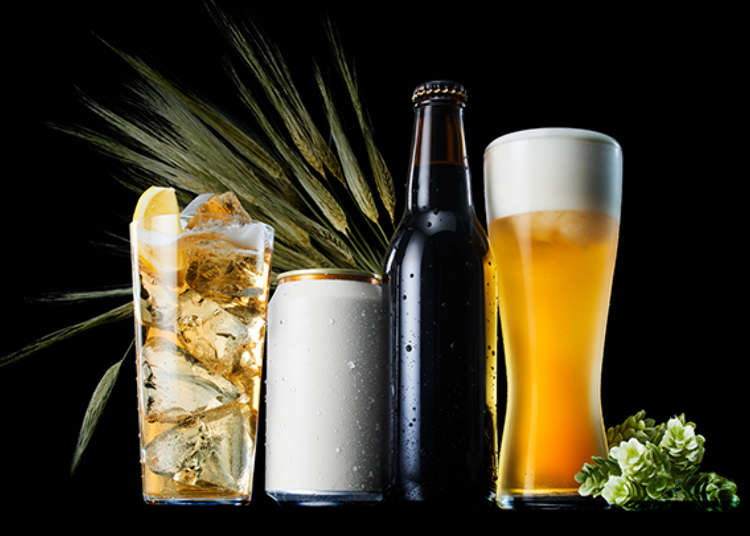
This year marks Japan's 8th annual Dish of the Year, a dish selected to represent the year's food trends that many are recognizing as a new end-of-year tradition.
And this year, for 2021, the selection was none other than Alcohol-Taste Beverages! After Covid-19 led to restrictions on alcoholic beverages, these non-alcohol alternatives acted as a savior to a number of restaurants and eating establishments.
What is the Dish of the Year?
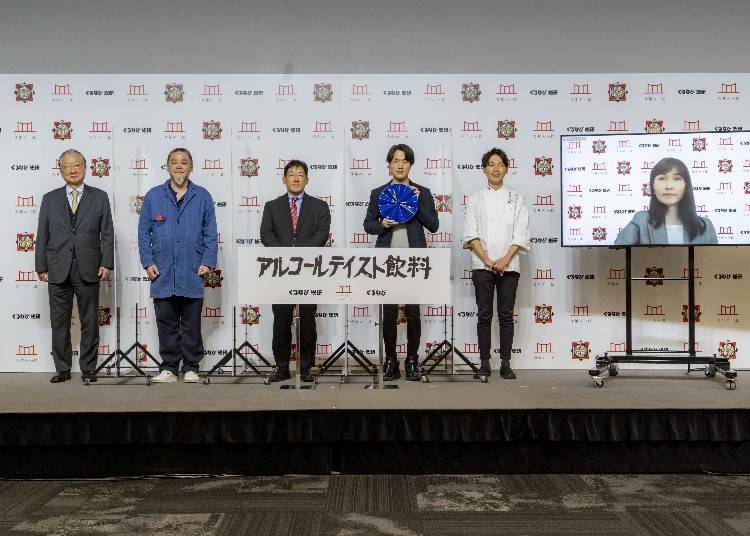
The Dish of the Year is announced at the end of every year by Japanese restaurant search giant Gurunavi (which incidentally operates LIVE JAPAN). It is a symbolic dish that reflects the social situation of the year, selected as a way to preserve and pass down the food culture of Japan. Beginning in 2014, this year marks the 8th Dish of the Year event.
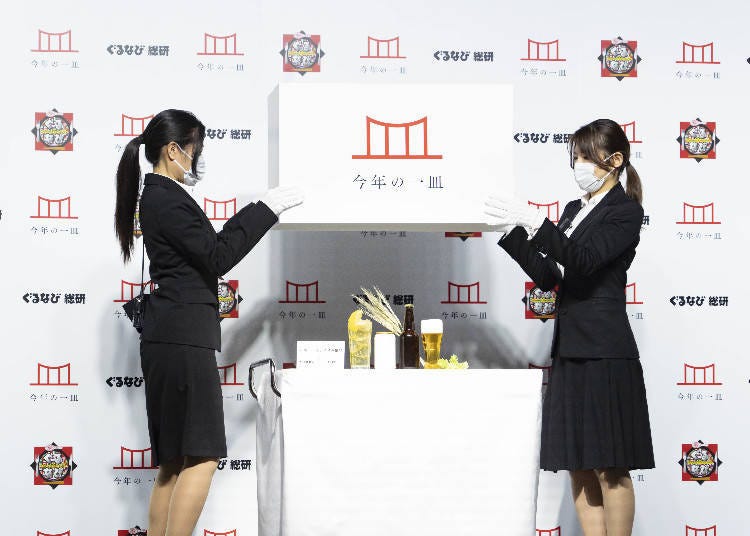
To decide the Dish of the Year, 40 keywords were extracted from big data gathered by the search and action history of restaurant information site, Gurunavi. Then, a questionnaire targeting 21.54 million Gurunavi members (as of October 2021) narrowed results down to the top 30. Finally, the top four keywords were selected via media screening*.
The three criteria for selection include "what was popular or trending that year," "relevance to social development and reflection of social changes that year," and "being worthy of passing down to future generations as food culture." Only a dish that meets all of the above conditions could be selected as the Dish of the Year.
(*In 2021, 112 people were selected from 61 companies and 92 media outlets, including 12,005 Gurunavi member questionnaire respondents, newspapers (general, economic, local, and specialized), news agencies, TV stations, and magazines.)
The 2021 Nominations: Alcohol-Taste Beverages, Insect-Based Food, Maritozzo, and Meal Kits
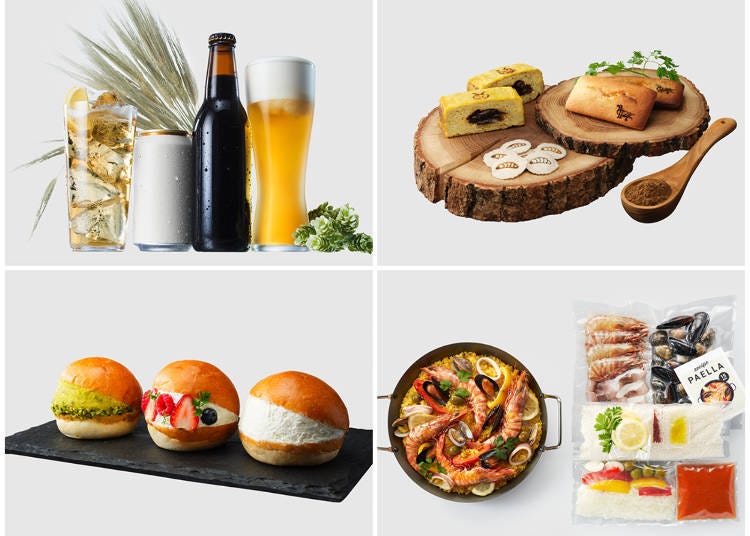
The top four nominated keywords in 2021 were as follows: alcohol-taste beverages, insect-based food, maritozzo, and meal kits. The reasons for selection are as follows.

・Alcohol-Taste Beverages
In 2021, restaurants were requested to restrict the distribution of alcoholic beverages as a measure against Covid-19, offering other drinks as substitutes. But thanks to advanced manufacturing methods, the flavors of these beverages comes close to real alcohol, which led to an increase in consumer demand and a greater variety of available products.

・Insect-Based Food
Food using edible insects as a protein source also gained popularity due to food shortage concerns related to global population growth. Compared to cattle and pigs, insects are easy to cultivate and have less impact on the environment. Considering the Sustainable Development Goals (SDGs), we can expect the variety of foods and recipes available in Japan will only increase in the future.

・Maritozzo
Maritozzo is a traditional confectionary originating in Italy. Thanks to recent widespread attention on social media, this fresh, cream-filled brioche dough treat gained popularity with a wide audience, and you can now find them at convenience stores and supermarkets. This sweet treat is certainly symbolic of a 2021 boom.
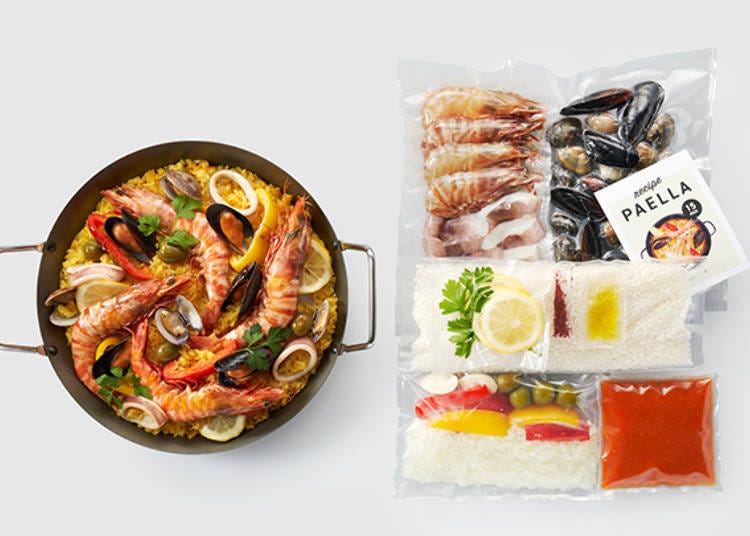
・Meal Kits
To keep up with the demand of new food-related consumer needs due to the influence of Covid-19, many businesses and restaurants have entered the meal-kit business. The market is expected to expand even further in the future, adding an even greater variety of authentic dishes you can easily recreate at home.
The 2021 Dish of the Year: Alcohol-Taste Beverage
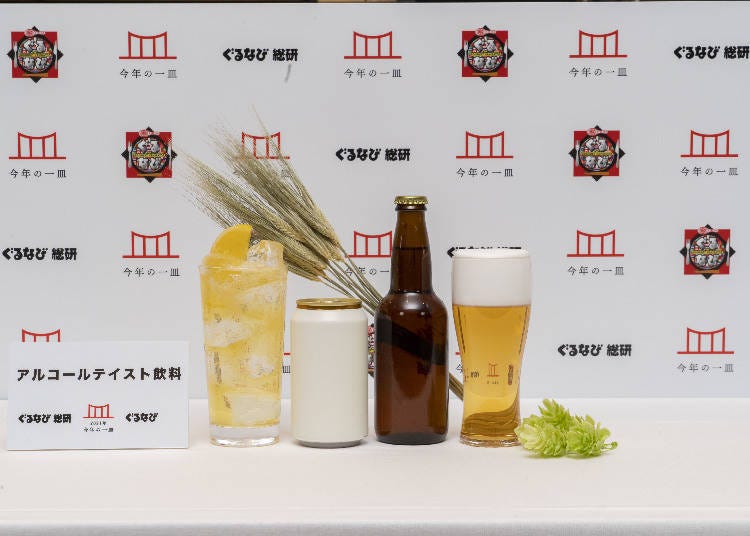
In response to restrictions on alcoholic beverages, many restaurants began to offer "alcoholic-taste beverages" as an alternative, making them a savior for business owners everywhere. Recently, the evolution of manufacturing methods resulted in even better-tasting products that taste even closer to real alcohol than before, making them the preferred drink of restaurants and consumers alike.
The reason for its selection is that it offers new options for everyone, whether they drink alcohol or not, making it highly likely for these drinks to become a regular part of Japanese food culture in the future.
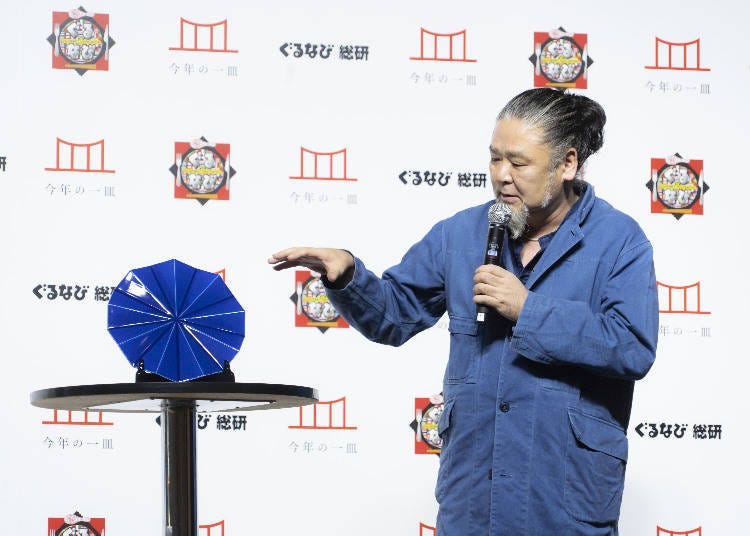
The award, called the Tokolo Arita Porcelain 18-Sided Folded Plate 2021, is an original commemorative piece by Asao Tokolo, an active artist in the sphere of art, architecture, and design. He was also in charge of designing the emblem of the Tokyo 2020 Olympics and Paralympics earlier this year.
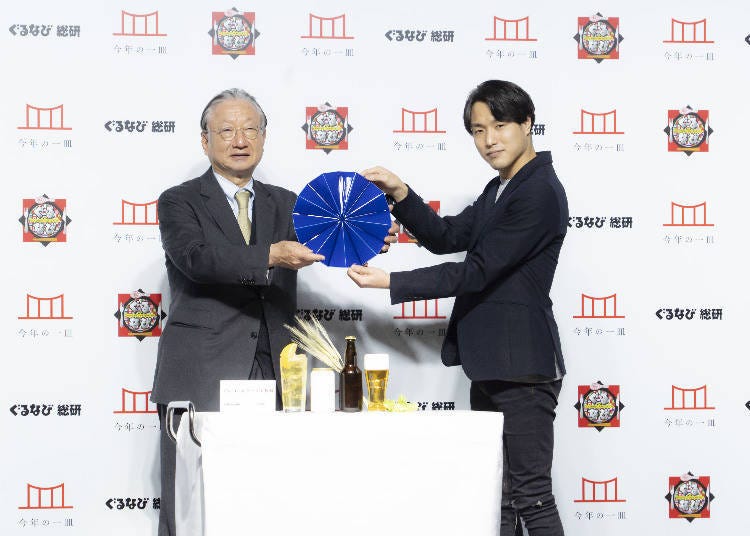
This year, it was presented to Mr. Yasuhiro Koishikawa, CEO of the Shirafer Project and CEO of 4 Co., Ltd. He is known for his work in promoting the non-alcoholic beverage culture and the enjoyment of 'shirafu', or sobriety.

"I receive this on behalf of everyone who helped share the joy of alcohol-taste beverages. Congratulations," says Mr. Koishikawa.
The current state and predicted future of alcohol-taste beverages
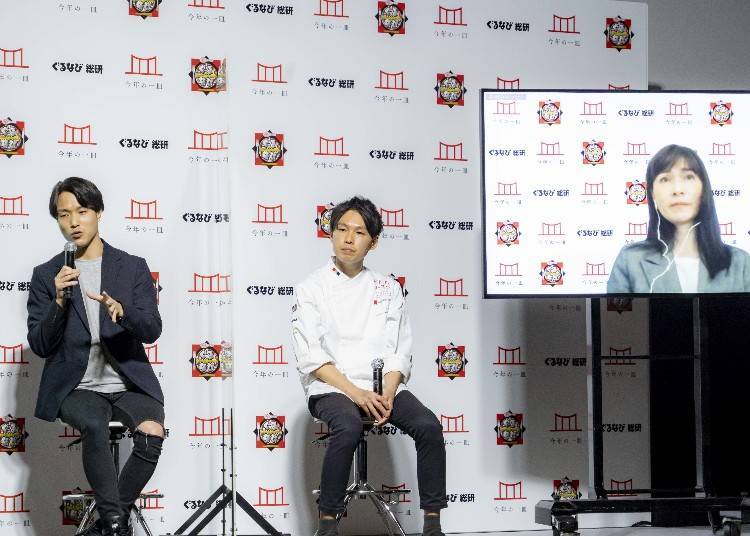
In the talk session that followed, three guests took the stage to talk about the trends, values, and charms of this year's Alcohol-Taste Beverage, as well as share their future forecasts from their respective positions.
Guest Introductions
・Mr. Yasuhiro Koishikawa, representing the Shirafer Project, which engages in activities to promote 'shirafu,' or sobriety culture.
・Mr. Kohei Horiuchi, chef of Yamanashi gastronomy Ichii and winner of the Grand Prix at RED U-35 2021 Online chef competition, aimed at discovering and supporting emerging chefs.
・Ms. Fumiko Kono, food producer and RED U-35 competition judge since 2015, and chairwoman of the judging committee starting 2022. Currently based between New York and Japan.

Although they have offered alcohol-taste beverages for a while, Mr. Horiuchi says that this year, more people have ordered than ever before. The shop is working every day to develop new alcohol-taste beverages using fruits and herbs from Yamanashi to give people even more to enjoy.

Alcohol-taste beverages, which have only played supporting roles until recently, jumped into the lead this year. Mr. Koishikawa says that the efforts and ingenuity of restaurants and related companies have further improved the overall quality of non-alcoholic beverages, leading to a new Alcohol-Taste Beverage culture. That includes the word 'mocktail'* becoming a regular part of our vocabulary both on and offline, too.
(*A nickname for non-alcoholic cocktails combining the words "mock" and "cocktail.")

In the past, appearance was about the only similarity these drinks had to real alcoholic beverages. Nowadays, however, developers are becoming more particular with the details, from the taste, fragrance, and astringency, to how smoothly it goes down, resulting in the Alcohol-Taste Beverages of today. Ms. Kono explains that many people now enjoy pairing these beverages with their meals.
Some restaurants even have original menus offering non-alcoholic pairings, many of which go impressively well together.
Alcohol-Taste Beverages have been a savior to customers looking for delicious drinks to enjoy with their meals, regardless of whether they drink alcohol or not.
The session ends with the following words. "In the future, we will continue to support the growing interest in health consciousness and the SDGs. The variety of foods offered at restaurants will increase and evolve further. This will be one part of Japan's food culture that Japan can be proud of. It's more than a transient boom."
Introducing Previous Dishes of the Year
Here are the past winners of the Dish of the Year title.
2014: Gibier (Wild Game) Cuisine

The 2014 winner was 'Gibier Cuisine', The Ministry of Agriculture, Forestry and Fisheries selected this dish as a new food culture born from their efforts to promote agricultural innovation and industrialization.
2015: Onigirazu
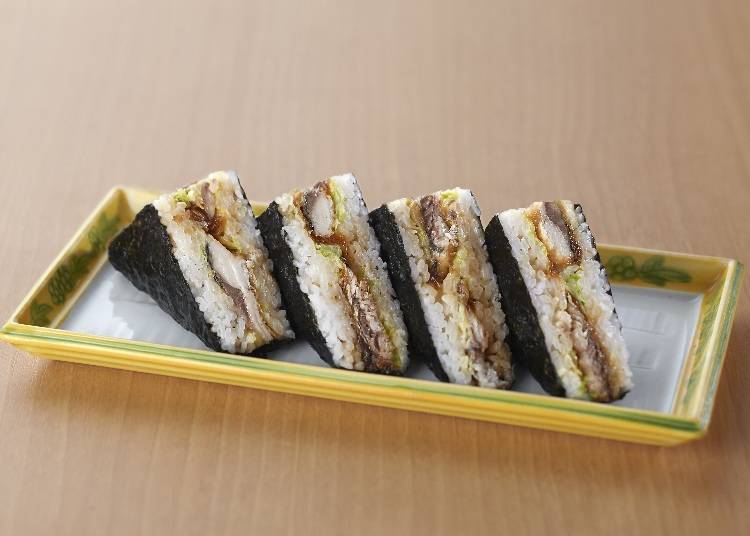
The second winner in 2015 was Onigirazu, which grew immensely popular due to the innovative idea of preparing onigiri (rice balls, an indispensable part of Japanese home cooking) without rolling them.
2016: Pakchee (Coriander) Cuisine

The 2016 winner was Pakchee, or Coriander Cuisine. A coriander boom, particularly amongst young women, lead to the selection of Pakchee Cuisine as the winner. The term Pakchee Cuisine was coined by pakchee enthusiasts to refer to specialty pakchee shops.
2017: Chicken Breast Dishes
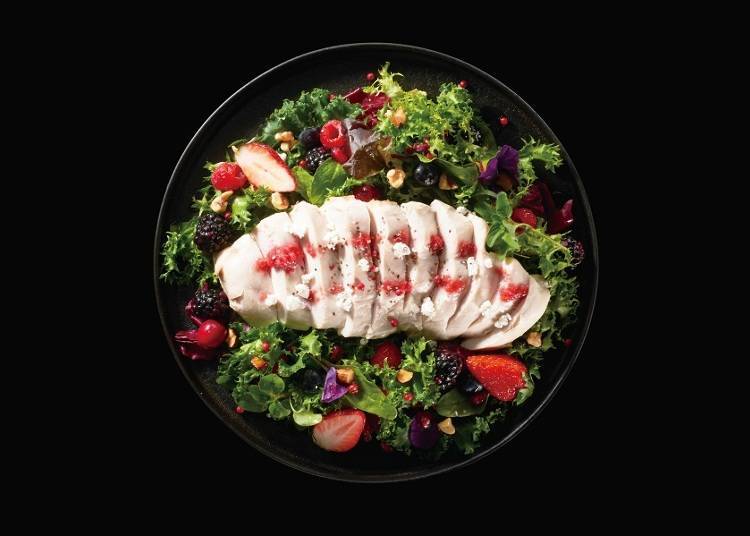
2017's saw Chicken Breast Dishes as the winner. With the growth in health consciousness regarding protein consumption while reducing sugar and fat, chicken breast attracted much attention as a high-protein, low-fat food, leading to the development of a variety of new dishes.
2018: Mackerel

The 2018 winner was Mackerel. In 2018, Japan experienced several disasters, leading to greater awareness of disaster prevention. People shifted their attention to preserved foods, emergency rations, and other foods with long shelf-lives, such as canned mackerel, dried foods, and freeze-dried goods.
2019: Tapioca

The 2019 winner was Tapioca. A tapioca boom, particularly amongst high school students, lead to the coinage of two new words, "tapiru" and "tapikatsu" (both of which mean "to have tapioca"). This new, widespread fame took place mostly over social media, making it a social phenomenon truly representative of the times.
2020: Take-Out Gourmet

The 8th winner in 2020 was Take-Out Gourmet. In the wake of coronavirus, the demand for take-out increased along with people's new lifestyle changes, reaffirming the joy of eating out and the importance of the restaurant business.
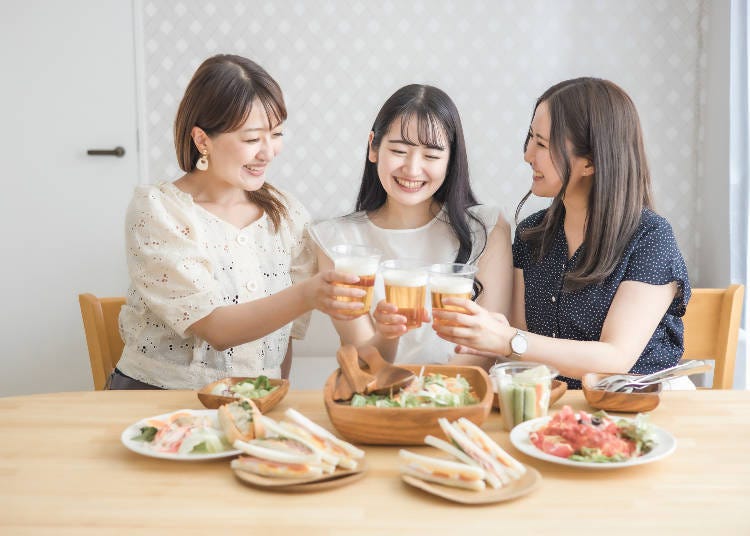
2021 marked a year of discovery as people explored new ways to have fun and find value while living the 'new normal.' Under these circumstances, the spread and establishment of alcohol-taste beverages have also given us an opportunity to expand further the ways we enjoy food.
Alcohol-taste beverages are barrier-free drinks that anyone can enjoy, regardless of whether they like alcohol or not. As such, they will likely expand even further in the near future.
Tonight, why not pair your meal with one of this year's winning Alcohol-Taste Beverages?
Translated by: Krys Suzuki
Written by:

- Category
*Prices and options mentioned are subject to change.
*Unless stated otherwise, all prices include tax.
Limited time offer: 10% discount coupons available now!
Recommended places for you
-
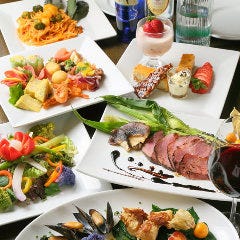
Cafenne Kafuenumeda
Other Restaurants
Umeda, Osaka Station, Kitashinchi
-

TOKYO KAIKAN
Other Restaurants
Ginza
-

LAUREL TOKYO
Other Restaurants
Shibuya
-
Menu
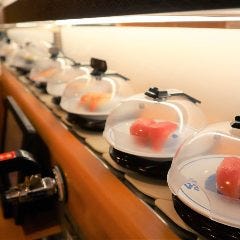
Kura Sushi Umeda OS Building
Other Restaurants
Umeda, Osaka Station, Kitashinchi
-

TEPPAN'YAKIJUN
Other Restaurants
Shibuya
-

Shabuzen Umedaten
Other Restaurants
Umeda, Osaka Station, Kitashinchi
-

15 Must-Try Restaurants in Ikebukuro: From Aged Yakiniku to All-You-Can-Eat Sushi, Plus Adorable Animal Cafés
-

The CASIO S100: How CASIO's Masterpiece Calculator Redefines Business Elegance With Japan-Made Reliability
-

Step Into the Story: Inside Immersive Fort Tokyo
-

15 Must-Try Sushi Restaurants in Tokyo (+5 Trending Areas to Explore for Foodies)
-

Discover Osaka Station City: A Journey Through Its Most Fascinating Spots
-

Where to Eat in Yokohama: 10 Must-Try Restaurants for Yakiniku, Izakayas, Unique Dining & More
-

Todai-ji Temple: Home to the Great Buddha of Nara - And a Nose Hole That Brings You Luck!?
-
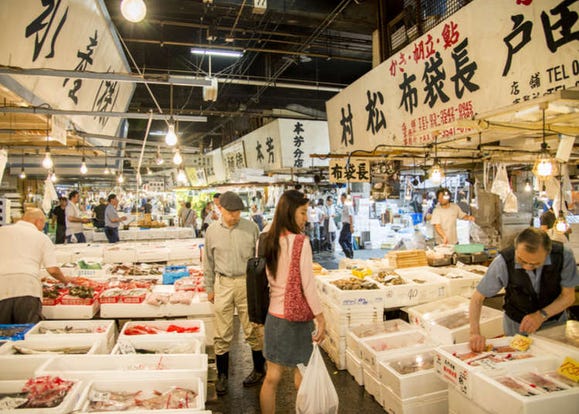
6 Fun Things to Do at Tokyo's World-Famous Tsukiji Outer Market!
-

Japanese Pop Star Shares the Curious Stories Behind Aomori Apples
-
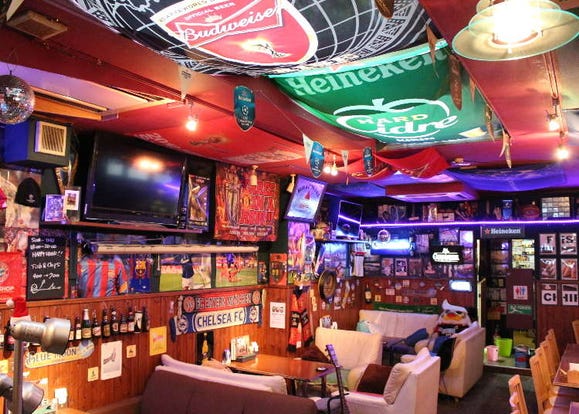
Best 3 Sports Bars in Sapporo: Foreigner-Friendly Spots for Nightlife Lovers!
-

Why Osaka Tennoji Zoo is So Popular with Foreign Tourists (Guide & Highlights)
-
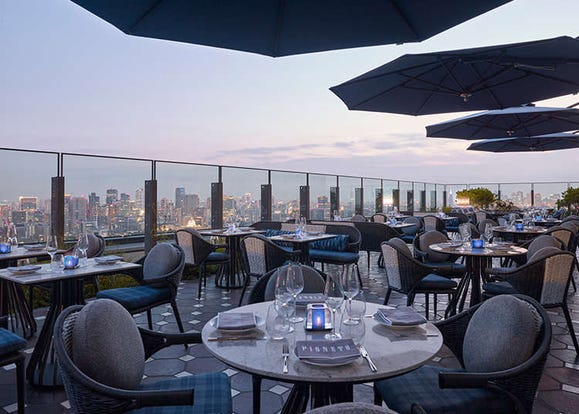
Tokyo Outdoor Dining: 3 Terrace Restaurants With Stunning Views
- #best sushi japan
- #what to do in odaiba
- #what to bring to japan
- #new years in tokyo
- #best ramen japan
- #what to buy in ameyoko
- #japanese nail trends
- #things to do japan
- #onsen tattoo friendly tokyo
- #daiso
- #best coffee japan
- #best japanese soft drinks
- #best yakiniku japan
- #japanese fashion culture
- #japanese convenience store snacks












